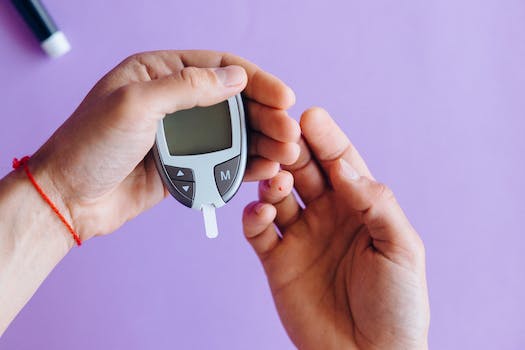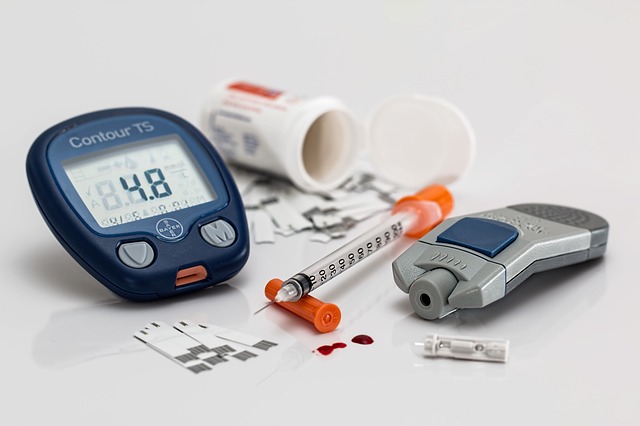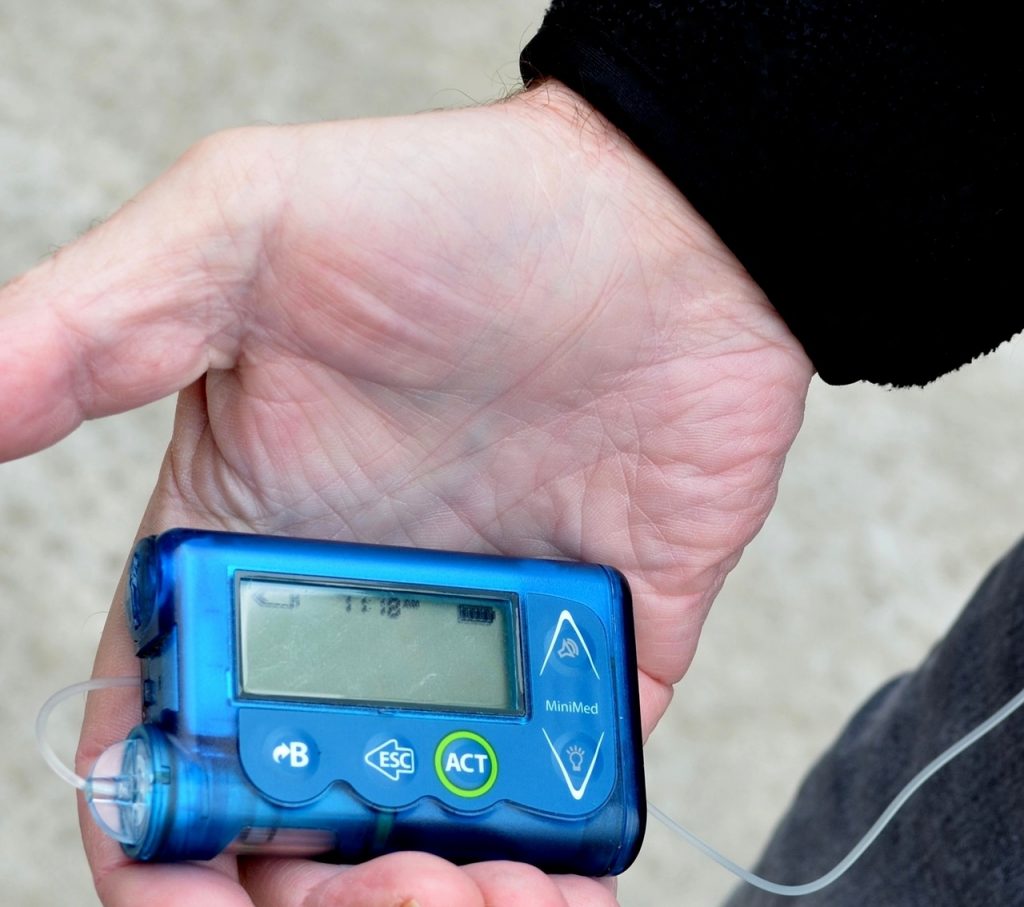There’s far more to managing diabetes than just testing glucose levels regularly and
administering insulin when needed. People that don’t have the disease are unaware of the
many choices and changes that diabetics must make each day to be healthy and reduce the risk
of a variety of serious health problems. There are 4 goals in managing diabetes, all of which are
designed to help people live longer lives.
Healthy Food
Eating a healthy diet and consuming the proper portion sizes are critical to mitigate the risk of
high blood pressure, elevated cholesterol levels and heart disease – to name a few. The foods
that diabetics eat and the beverages they consume can literally make the difference in life and
death.
Healthy Weight
Diabetics that maintain a healthy weight have more energy, feel less tired, experience fewer
infections, and heal faster. Proper nutrition is an element in maintaining a healthy weight and
even losing weight.
Move More
When individuals follow proper nutrition and maintain a healthy weight, they’re better able to
move and engage in activities they enjoy. No one has to spend hours at the gym to move and
get more exercise. Nor do they have to perform activities they don’t like. Diabetics should
choose to engage in things they enjoy such as gardening, dancing or horseback riding.
Take Medication
One of the 4 primary goals of managing diabetes is taking prescribed medication as directed.
Some people are tempted to skip or stop medications because they feel good. Exercise, proper
nutrition, maintaining a proper weight and taking medications are all part of effective diabetes
management.
Staying Healthy
Attaining those 4 goals will help in mitigating health-related problems associated with diabetes
that includes the pain and tingling of neuropathy and going blind. It will help protect against
developing kidney disease, teeth problems, and gum disease, along with heart disease, high
blood pressure, and elevated cholesterol levels for a longer life.
We Buy Unused Diabetic Test Strips and Supplies
If you would like to find out about earning cash for your unwanted, unused, and boxed test strips, complete our online quote form today.
If you have extra, unopened and unused boxes of diabetic test strips – whether you have switched brands, no longer need to test or test less frequently, or have a loved one who has passed away – don’t let them gather dust until they’ve expired and end up in the trash. We’re the best place to sell diabetic test strips online, and if you want to sell your test strips, we’re here to make the process easy and enjoyable!
Visit us at Sell Your Test Strips and get your free quote today!









